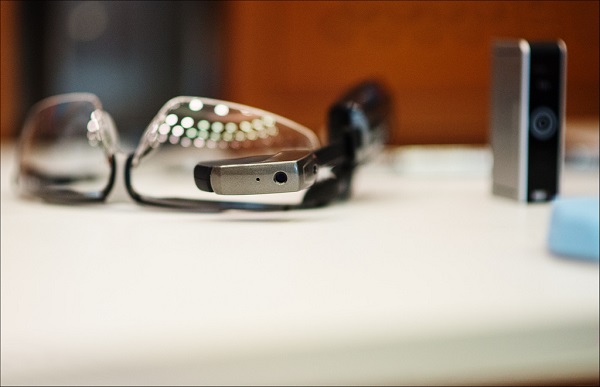Last week, Microsoft demoed their HoloLens technology and its gaming applications, and it was rad!
Developers: get your #HoloLens now for $3,000 http://t.co/OosNaNPukD via @3dprintindustry by @RealityInc #3dprinting pic.twitter.com/FlMY6QH6Mh
— 3D Printing Industry (@3dprintindustry) October 7, 2015
The virtual reality/augmented reality/eyewear race (which is what I’m choosing to call it) is shaping up nicely and if things keep moving along like this, the future will be here in no time – Oculus Rift, HoloLens and Google Glass.
But hold up on that last one. It seems Google has dropped off the wagon. What is going on with this piece of tech and when can we expect it to be available? Like mainstream available?
From the moment the announcement was made, Google had everyone’s attention. I mean, goggles that allowed you to video capture anything you’re seeing with a voice command, you could overlay a map in front of you while walking, you could practice your guitar and have the music sheets pinned to a corner of the glass while you play and so on. The Glass made you a modern day T100, without the metal skeleton. What’s not to love?
This thing was big and the demoes were even bigger. There was even an entire Simpsons episode dedicated to it. It was literally going to change everything. It was just a matter of time.
And then, poof! Nothing. It had an initial beta release which was greeted by smouldering media fare. And then in January 2015, Google pulled the plug on selling it to the general public and pulled it back to the lab. It seemed like Google gave up on the tech. Almost.
Well, aside from the fact that Google made a lot of poor decisions in launching and marketing the product (ahem, that $1500 price point being one of them), it seems the company has a few more plans to up the ante in regards to what the Glass can do.
For one year, Glass was tested by beta users called Glass Explorers before its eventual recall to the lab. Eventually, Google announced the Glass team was moving out of the Google X lab (where we can only imagine all the world’s mad scientists work) and would be getting their own dedicated department. This happened and then the Glass team shut the door from the outside world. Not a peep since then.
It’s enough to get the average person pissed. All that fanfare for nothing. Really guys?
To be fair though, the Glass team getting their own department and dedicated space means there’s still work going on with the tech. Maybe seeing the other VR tech gave the team a few more ideas. We also know for a fact that the project now has Tony Fadell, one of the capones that worked on the first generation iPods, heading it. And he’s really passionate about streamlining the product.
So, it’s safe to keep being hopeful. Second time’s the charm, right?
Photo Credit: European Parliament via Compfight cc











